BEYOND THE BASIC: THIS IS HOW BRAND POSITIONING CONSULTANTS ARE DRIVING BILLBOARD ADVERTISING TRENDS
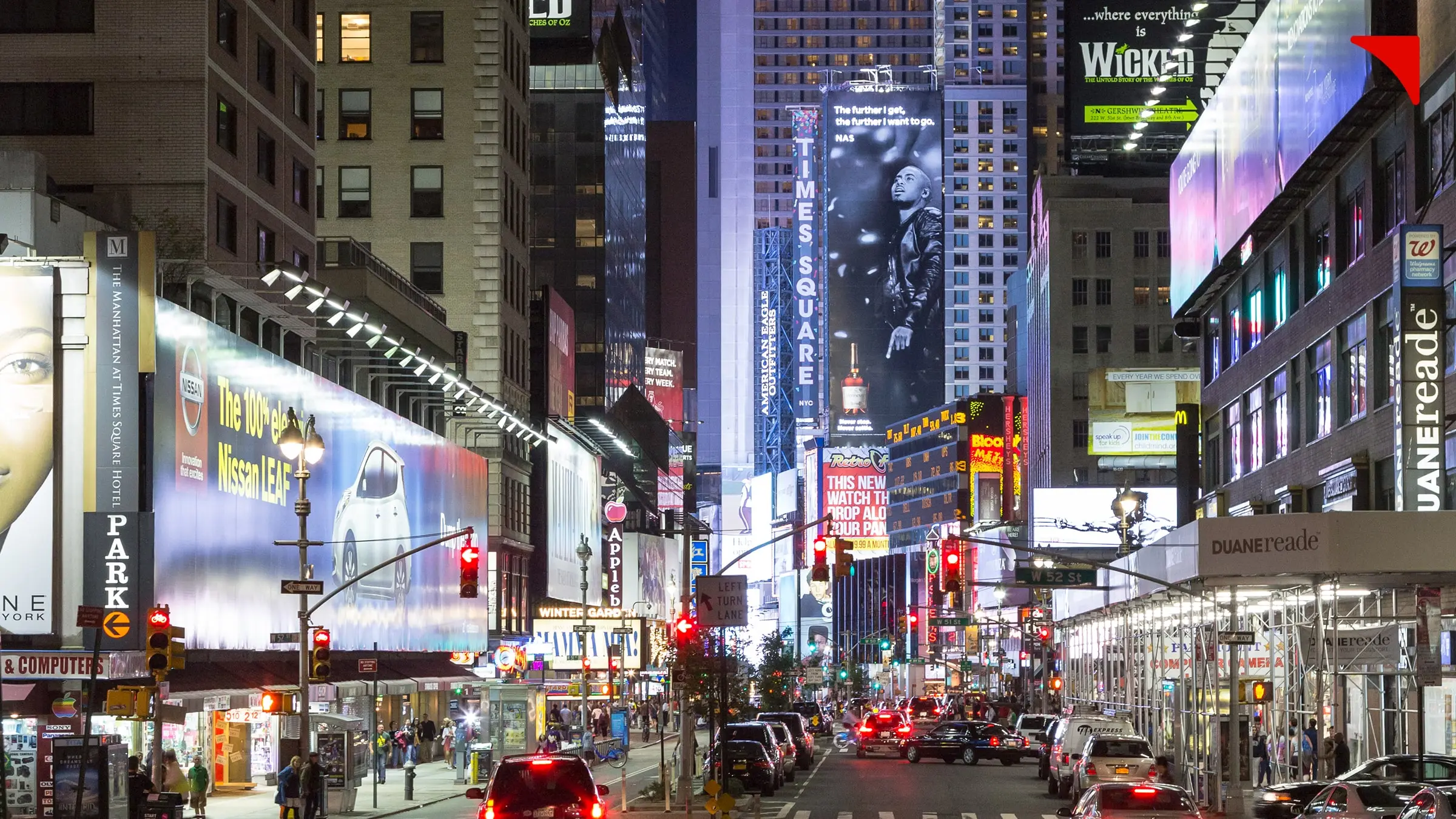
The world today is urbanizing at a pace never before seen. The existing metropolitans are expected to take an influx of immigrants who are knocking at the door of opportunity.
The satellite cities of the said metropolitans are also expected to grow, blurring the lines between them. Moreover, new urban centers are also expected to pop up in the near and far future.
Catering to a world that is constantly on the move—to and from work—advertisers are planning to ‘meet the people where they are’ through billboard advertising.
With an increased number of eyeballs, billboard advertising agencies are turning to high-tech and creative solutions to cut through the noise and grab their attention.
1.) Growth of digital out-of-home (DOOH)
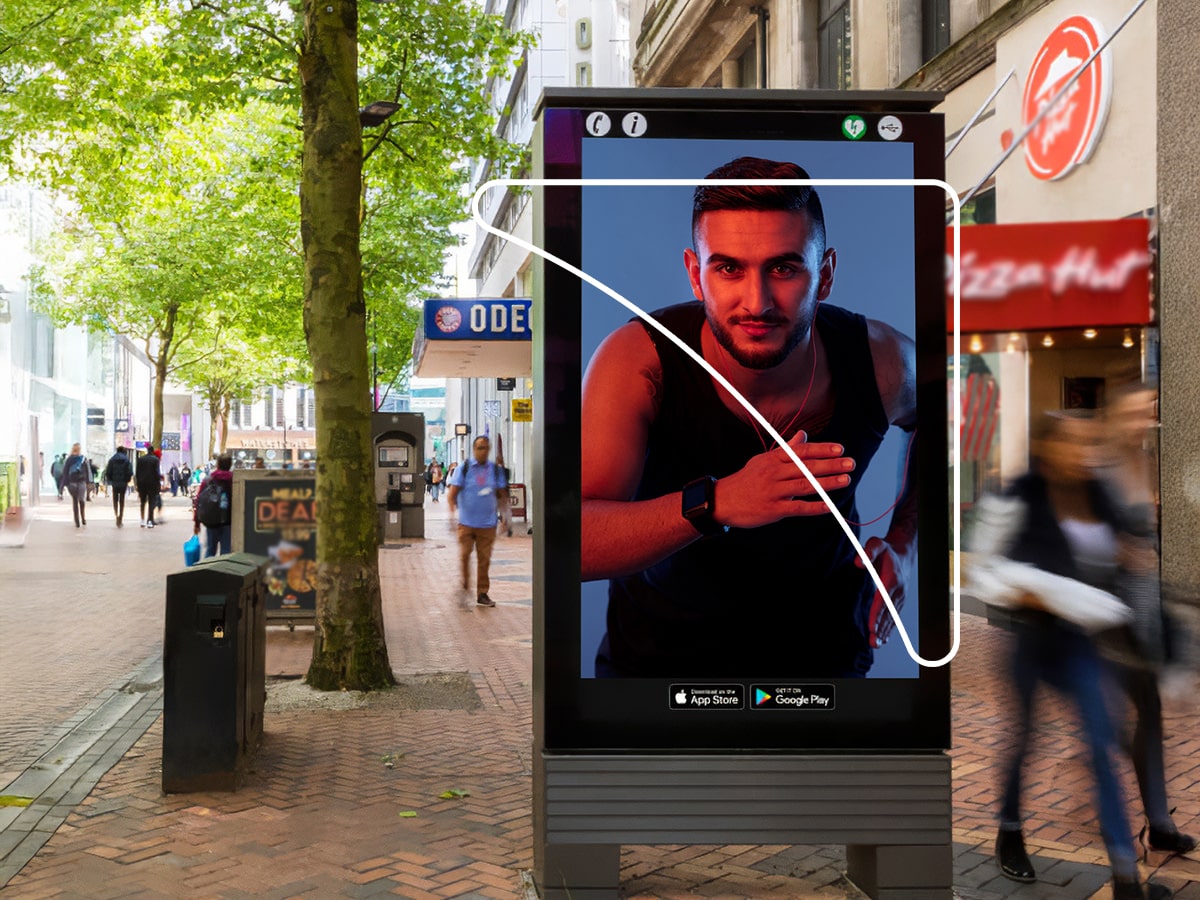
The trend of DOOBH is growing at an unprecedented rate all around the world. As urbanization rates, and tech-advancements across Asia-Pacific, rise, the DOOH market is predicted to touch $50.79bn. Why? The answer is two-fold. First, it’s simply more engaging than the good ol’ billboard that we all see, and second, the resurgence of 80s’ motifs, often seen in the genres of synth-wave, vapor-wave, cyberpunk, and brutalism, which are dotted with digital billboards all around.
Hopping on this trend provides an opportunity for a brand to roll out an interactive digital campaign pivoting around digital signboards. If you also consider a brand positioning consultant who is hyper-focused on recall rates, DOOH dishes out a recall rate that is far superior to conventional media, i.e. TV and mobile at 47%.
2.) Creating a hyper-real and AR-driven OOH campaign
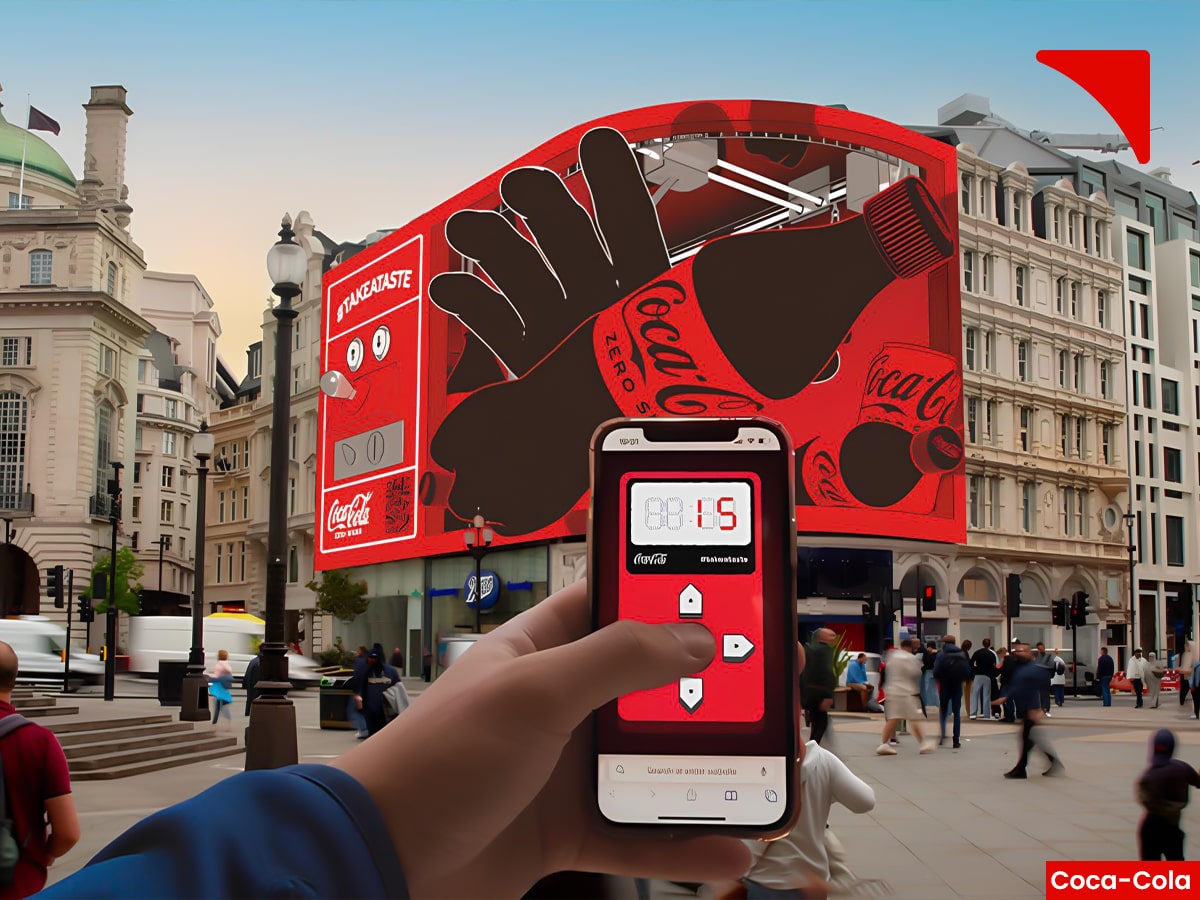
The world is on a shift towards hyperrealism. It was a trend that was, first, noticed and reported by us for pop-up stores. The trend of silicon-based tech adoption into everything is being seen in billboards as well, which is leading more and more companies to embrace Augmented Reality (AR). This ‘faux OOH’ approach, as we call it, allows the brand to project, or overlay, over what already exists, the real word, which creates a phygital experience like no other.
One of the prime examples of the aforementioned ‘faux OOH’ approach is Maybelline’s ad in the London TUbe, which features giant eyelashes. If you couple this approach with perfect brand positioning, these billboards will generate exceptional curiosity. However, it is recommended to consult a billboard advertising agency, as this trend also demands a careful balance of digital expertise and creative flair.
3.) Leveraging 3D billboards for enhanced engagement
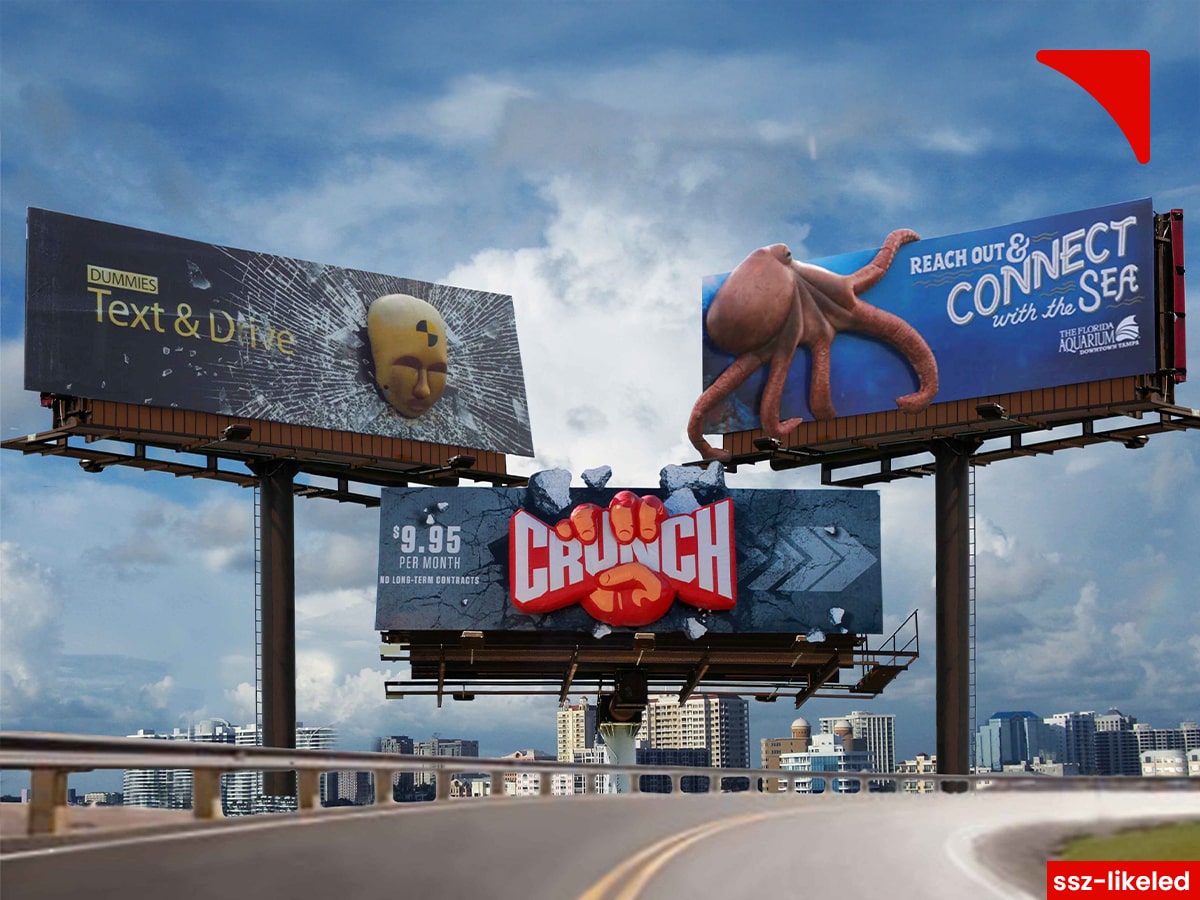
Adding on to the previous point, hyper-realism is often paired with 3D visuals. However, 3D billboards have gone on to take a separate life of their own.
3D billboards grab the attention of passersby through existing in not just 2, but 3 axes, which not only allows them to physically take more space but also creates an almost tangible experience with those billboards.
These billboards are often applied by brands who sell more than just a product/service, s lifestyle i.e. LEGO, Nike.
In our opinion, if a brand plans to roll out 3D billboards with interactive principles, especially in areas with high footfall, they can urge people to stop in their tracks and interact, thereby sparking curiosity and creating a lasting impression.
4.) Driving emotional connection through sensory OOH ads
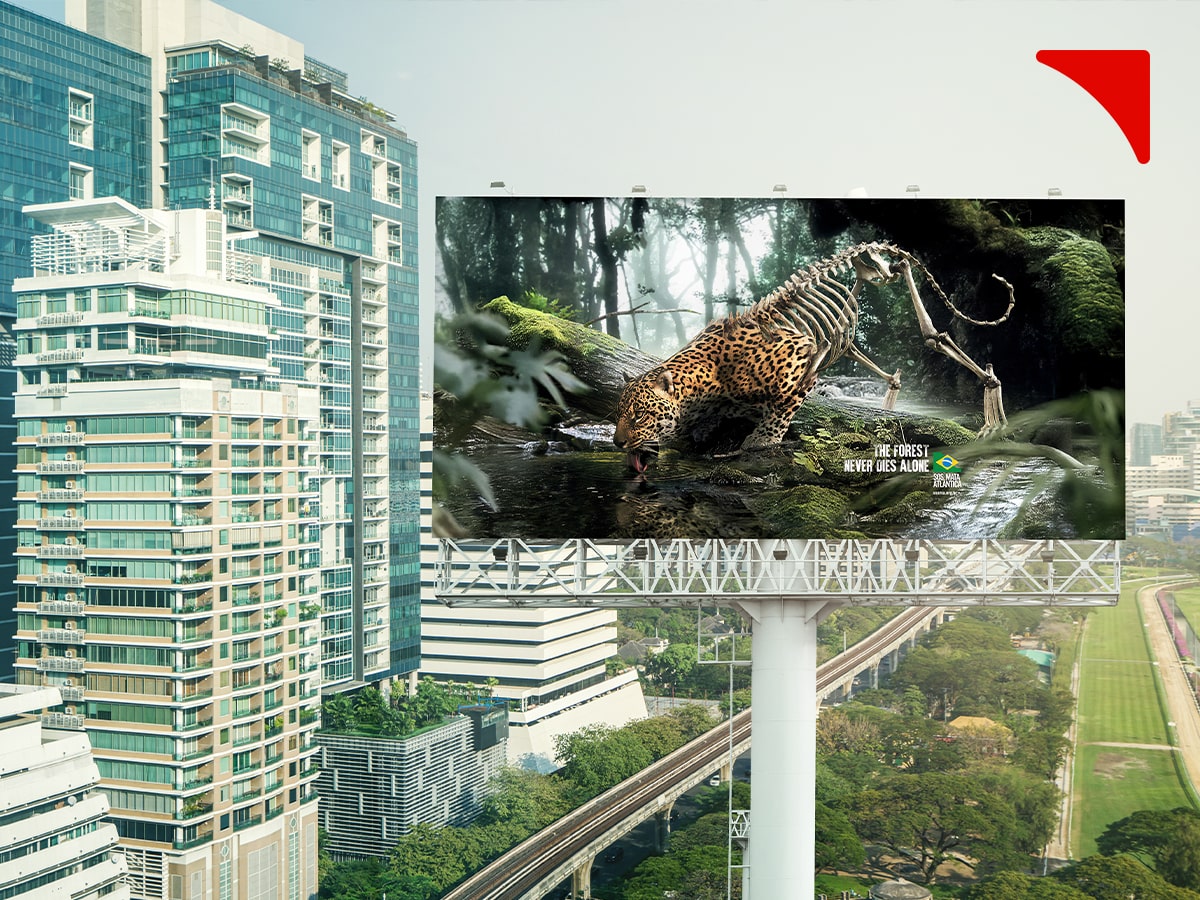
All of the pointers mentioned so far work on mesmerizing 1, maybe 2 senses at max - vision and touch.
To inject one’s brand into the minds of the audience at a deeper level, brands are tapping into ‘sensory advertising’ with touch, sound, and scent. This trend turns a billboard (a predominantly visual medium of advertising) into a multisensory medium in advertising, which elicits a strong emotional response towards the brand’s message.
White Claw, an alcoholic beverage brand, fabricated a billboard with a cooling effect for the summers, which caused all the passersby to interact with the frost wall mural.
Embracing multisensory engagement enhances the experiential quotient of the brand, which allows the brand to be extremely relatable.